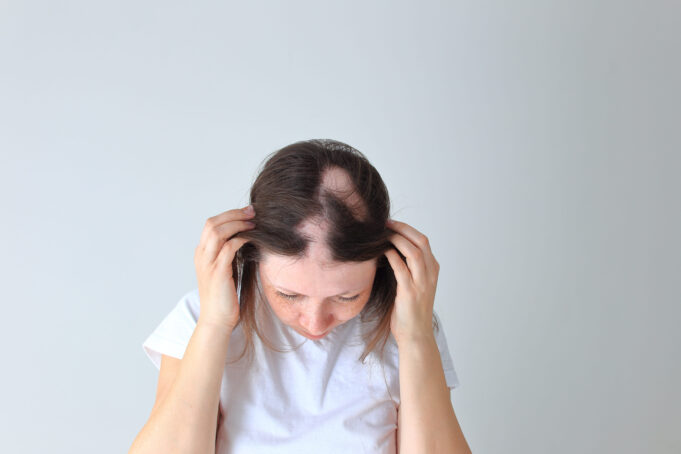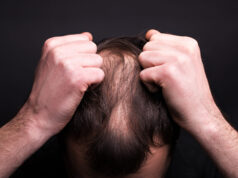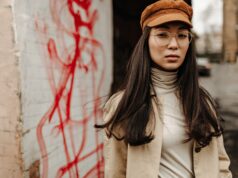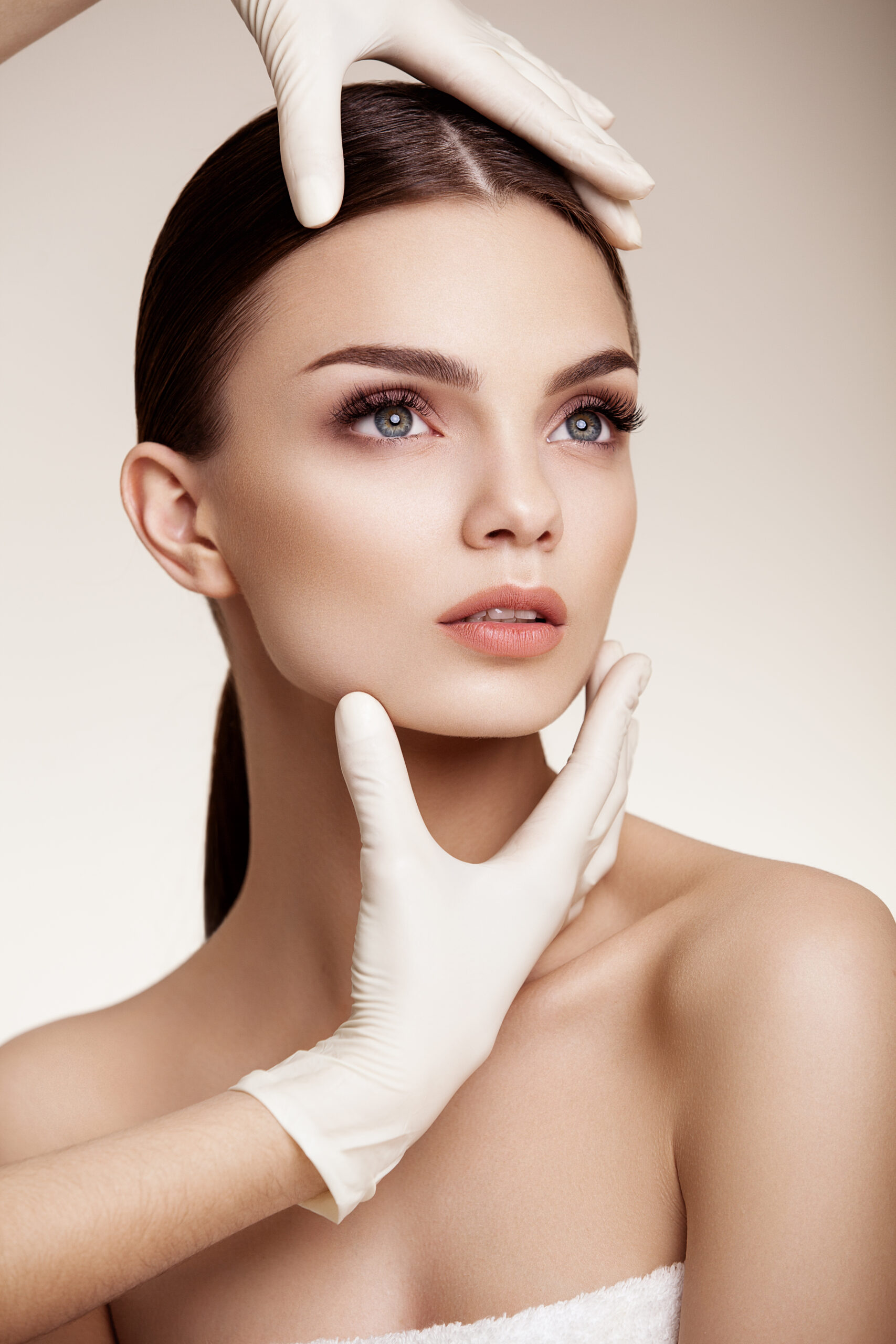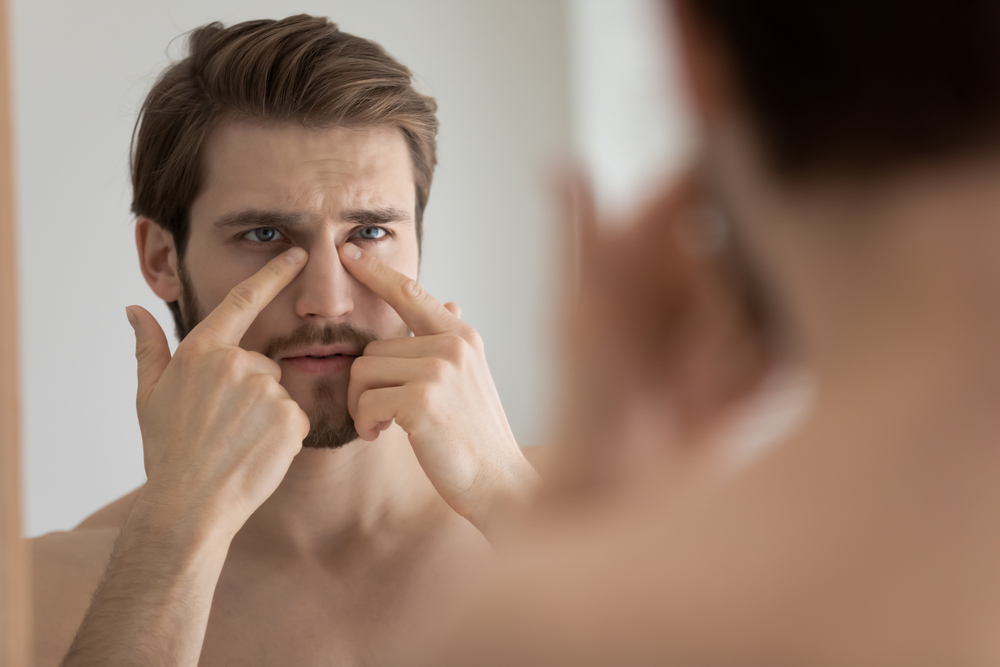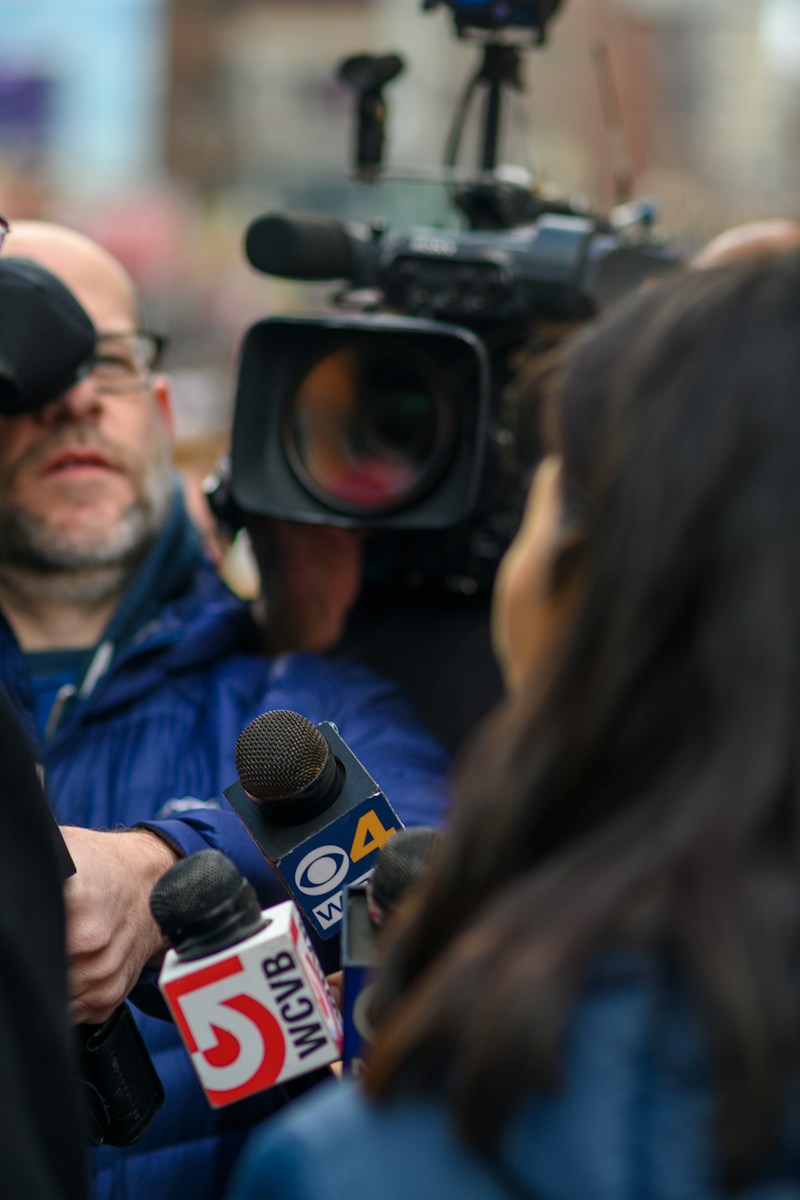In recent years, the hair loss condition alopecia has gone from being talked about relatively little to having greater awareness than ever before – thanks in no small part to celebrities, ranging from Jada Pinkett Smith to Louis Theroux, sharing their stories publicly.
Here, leading experts reveal everything there is to know about this condition, what can be done to help and who else on the big screen struggles with hair loss.
What is alopecia?
Dr Charlotte Woodward, Clinical Director at River Aesthetics working with RegenLab explains that alopecia is a broad word for hair loss, however there are generally three different types.
- Alopecia totalis: When an individual loses all their hair on the scalp
- Alopecia universalis: When an individual loses all hair on their body
- Alopecia areata: When an individual develops sparse baldness anywhere on their body, including the scalp, eyebrows, eyelashes, armpits (to name a few). This one is also an autoimmune disease
With that being said, alopecia areata is the most common. Pinkett-Smith suffers with this form of alopecia – an autoimmune illness that causes her hair to fall out in microscopic clumps.
Dr Woodward comments: “It occurs as circular bald spots anywhere on the scalp in males, women, and even toddlers. It usually appears out of nowhere, even within a few days. While the aetiology of alopecia is uncertain, the disorder develops when white blood cells assault the cells in hair follicles, causing them to shrink and hair development to drop substantially.”
Dr Farzana Khan working with RegenLab adds: “Although scientists cannot fully explain what causes the immune system to attack hair follicles in this way, genetics appears to play a part. Alopecia areata is a ‘polygenic disease,’ meaning that it is caused by a combination of genes inherited from both parents, as well as a contribution from the environment.”
Can alopecia be treated?
In the case of Jada’s condition, which is alopecia areata, this sadly is incurable. However, it is treatable and hair can regrow!
Dr Farzana Khan, with RegenLab, has been treating patients suffering with hair loss for a while and explains that platelet-rich plasma (PRP) is a safe, non-invasive way to help stimulate hair growth.
“PRP treatment involves taking a patient’s own blood and centrifuging it to separate the red blood cells from the plasma. The plasma, now rich in platelets and the growth factors they contain is then infused back into the individual. The results after a few months can leave an individual with thicker hair and reduced hair loss.”
Dr Woodward on the other hand suggests that while PRP is not a permanent cure, it can really help stimulate new hair growth and manage the condition. “I tell clients that this therapy acts like fertiliser for their hair follicles, allowing little or lethargic hair to flourish to their full potential.
PRP requires maintenance therapy, and because it uses your own blood, it’s really safe and natural. Even patients, who are afraid of needles, should not be concerned about the procedure’s discomfort.”
Dr Woodward goes on to explain that in their clinic, they use RegenPRP which is great as it can be used as part of a treatment program, along with other hair restoration modalities such as minoxidil, which is a topical form of treatment.
“In the initial one or two months of use, some people may experience some shedding – this is a common side effect. However, around three months after commencing minoxidil, the majority of male and female users will notice improvements. From my experience there is a spectrum of impact with the use of minoxidil, with some patients responding better than others.”
Which other celebrities have suffered with Alopecia?
Here, are 5 celebrities who have openly spoken out about their struggle:
Tyra Banks
Tyra Banks was always immaculately groomed when presenting her popular TV show America’s Next Top Model.
When she decided to try her hand at writing, however, the pressure of cramming a novel in between her other obligations proved too much for her, and she told the Wall Street Journal, “I got a little alopecia from the stress.”
Jesy Nelson
The former Little Mix star confessed she was bullied because of her alopecia areata, which developed prominent bald spots, in an interview with Fabulous magazine.
“I was probably about 13 when my hair just started coming out,” she remarked. “Stress can cause alopecia, and it wasn’t nice. I got picked on because I’ve always liked to dress differently. I’ve never really wanted to fit in with everyone else.”
Viola Davis
At the age of 28, Viola Davis began to lose her hair due to alopecia areata. The Oscar winner and Hollywood A-lister admitted to routinely donning wigs on the red carpet to conceal her alopecia areata-related hair loss.
Davis once told Vulture: “I wore a wig in the Jacuzzi. I had a wig I wore around the house. I had a wig that I wore to events. I had a wig that I wore when I worked out. I never showed my natural hair.”
Olivia Bentley
Olivia Bentley, star of Made in Chelsea, spoke to Cosmopolitan about her alopecia experience in 2019.
The reality TV personality, who has had the ailment since she was 16, remembered combing her hair on a family vacation and discovering a bald spot the size of a 2p coin.
Alessia Cara
Alessia Cara revealed that she began “losing my hair in chunks in the shower… it was one of the scariest things” when she was in high school. She admits that she suffered a lot at first, attempting to disguise her bald patches by experimenting with various hairstyles.
Have you suffered from alopecia? Email Holly@harleystreetcommunications.co.uk

